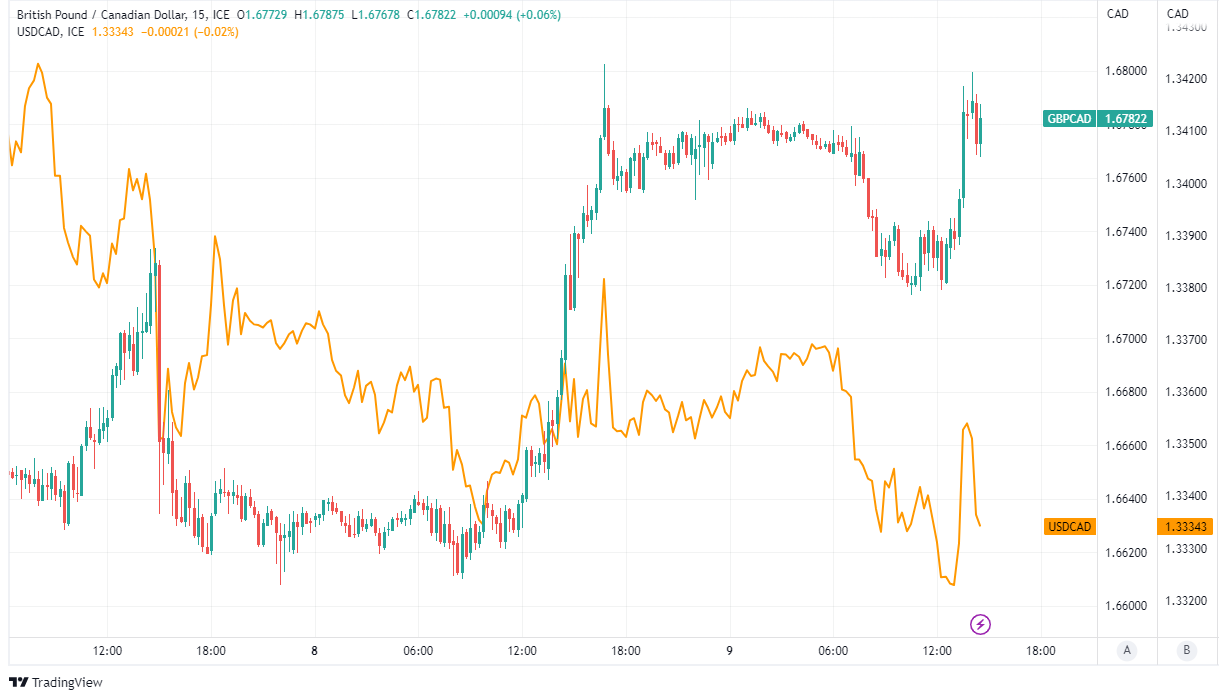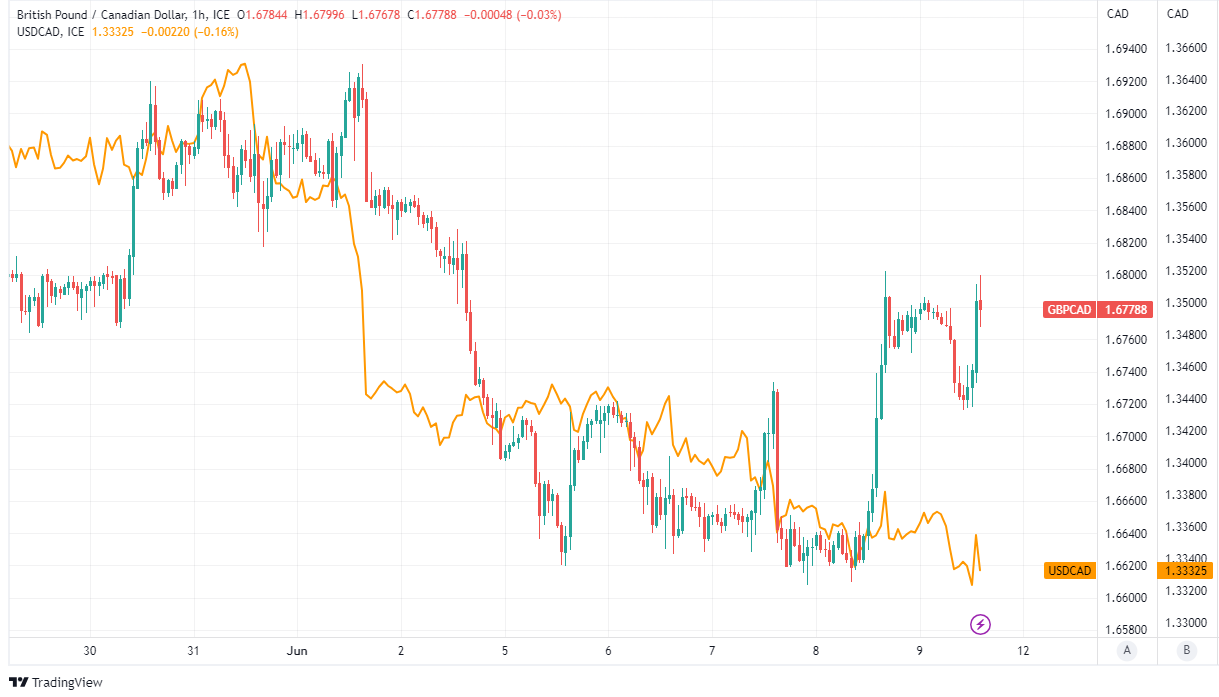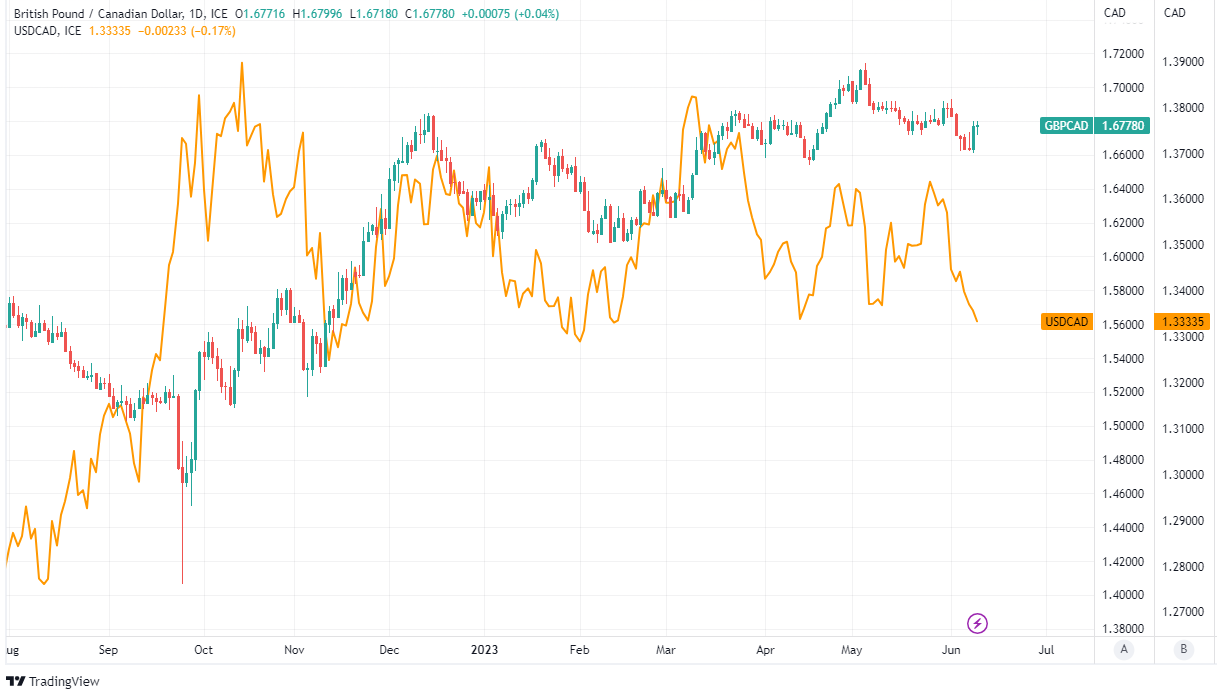Canadian Dollar Hampered as Job Market Struggles to Absorb Workers
"Household spending will eventually hit a wall due to tighter financial conditions, and the strong population growth implies that the labour market could quickly rebalance itself once demand slows" - TD Securities.

Image © Adobe Stock
The Canadian Dollar fell widely ahead of the weekend after Statistics Canada disclosed the first outright fall in local employment levels since the last 'lockdown' and what might be a sign of the Loonie's labour market struggling to absorb new workers following aggressive increases in the Bank of Canada (BoC) cash rate over the last year.
Canada's Dollar fell from the week's highs against the U.S. Dollar while slipping back toward earlier lows relative to Sterling and other currencies after local employment was reported to have fallen -17.3K in May when the services sector shed more jobs and workers than were added in the manufacturing sector.
Meanwhile, the number of unemployed individuals rose 34.8k to 1,093,000 in continuation of a rising trend that dates back to January and was first noted in the April job report.
"Employment growth has moderated in recent months and monthly increases averaged 33,000 from February to April," Statistics Canada says.
"This followed strong employment gains totalling 326,000 from September 2022 to January 2023," it adds.
Above: GBP/CAD shown at 15-minute intervals alongside USD/CAD. Click image for closer inspection.
It's possible that the increase in the number of unemployed persons during May reflects new entrants into the labour force from within the 15 to 25 age bracket struggling to find work, rather than any increase in layoffs.
This is in light of the continued strong growth in the numbers of newly employed from within the 25 to 54 age bracket, which rose 66k last month, and another 5.1% year-on-year increase having lifted average hourly wages by $1.61 to $33.25 in May.
"The weak jobs figure will have markets paring back expectations for further interest rate hikes from the Bank of Canada, although policymakers will probably like to see some further softening ahead to convince them that no more rate increases are needed," says Andrew Grantham, an economist at CIBC Capital Markets.
Friday's data followed Wednesday's increase in the Bank of Canada cash rate from 4.5% to 4.75%, which ended a six-month "conditional pause" in a monetary tightening cycle that has lifted the benchmark for borrowing costs from 0.25% since March last year.
The BoC said "concerns have increased that CPI inflation could get stuck materially above the 2% target," after Canada's inflation rate ticked higher from 4.3% to 4.4% in an April interruption of what had been six-months worth of steady declines beforehand.
Above: GBP/CAD shown at hourly intervals alongside USD/CAD. Click image for closer inspection. To optimise the timing of international payments you could consider setting a free FX rate alert here.
"At the economic progress report speech yesterday, the BoC said that there was currently no bias for the July meeting," says Isabella Rosenberg, a strategist at Goldman Sachs.
"Given that, we think the main signal is that they were willing to hike without new projections this week, which suggests that there probably wasn’t too much debate around the decision. As such, this likely means that the data need to disappoint for the BoC to not hike in July," Rosenberg and colleagues write in a Friday research briefing.
Market-implied measures of investor expectations rose following Wednesday's decision to suggest a high risk or chance of as many as two further increases in BoC cash rate being announced later this year, and the local labour market be important in determining whether those increases are eventually delivered.
Whether the number of unemployed persons continues to rise either as a result of a weakening job market or demographic trends is likely to be at least a partial determinant of any BoC forecasts about the outlook for wage growth and inflation rates.
"Our base case is that household spending will eventually hit a wall due to tighter financial conditions, and the strong population growth implies that the labour market could quickly rebalance itself once demand slows. But if growth remains resilient throughout 2023, the hike/pause/hike pattern could easily repeat itself," writes Andrew Kelvin, chief Canada strategist at TD Securities, in a Thursday research briefing.
Above: GBP/CAD shown at daily intervals alongside USD/CAD. Click image for closer inspection.



